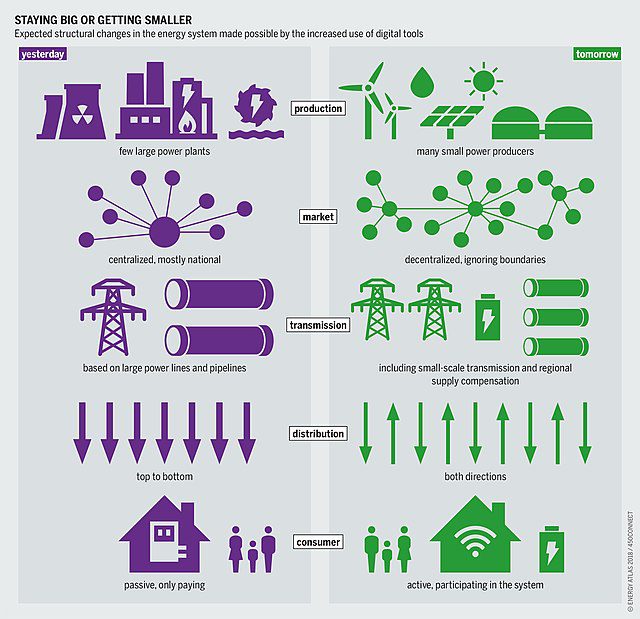Programming technologies are at the core of the video game industry, providing the tools needed to make games that are both realistic and engaging. The concept stage of game development involves the use of game engines, scripting languages, and 3D modeling software. While during the development stage, programming languages such as C++, Java, and Objective-C are used to create game mechanics, AI, and game physics. Game physics could be regarding the rules governing how objects interact in the game world while AI is significant for character’s Intelligent responses. Finally, game engines cater to specific types of games and provide a wide range of features.
How Games are Made: A Deep Dive into the Programming Technologies That Fuel the Video Game Industry
Introduction
Video games hold a special place in our lives, offering an immersive experience that can transport us to different worlds and let us live out our wildest fantasies. But what goes into making these games? From the concept stage to the final product, numerous programming technologies come together to create a seamless gaming experience. In this article, we’ll explore the different programming technologies that fuel the video game industry.
Concept Stage
Before a video game is created, it must first be conceptualized. The concept stage is where different ideas are put together to come up with a game. Here, game designers use tools such as game engines, scripting languages, and 3D modeling software.
Game Engines
A game engine is a software framework that developers use to create video games. Essentially, it provides a set of tools and libraries that can be used to build a game. Some popular game engines used in the industry include Unity, Unreal Engine, and CryEngine.
These game engines provide a wide range of features such as physics engines, integrated development environments (IDEs), and asset management tools. Game engines are highly specialized and cater to specific types of games such as first-person shooters, role-playing games, or racing games.
Scripting Languages
Scripting languages such as Lua, Python, and JavaScript are used to add functionality to games. Scripting languages provide an easy way for developers to add game mechanics or modify existing ones. They are highly flexible and can be used to create dynamic game worlds.
3D Modeling Software
The game concept stage also involves 3D modeling. 3D modeling software like Autodesk 3ds Max or Blender are used to create detailed models of characters, environments, and objects. These models can then be imported into the game engine and used to make the game world more realistic.
Development Stage
After the concept stage comes the development stage. This is where the programming technologies that fuel the video game industry really come into play. Here, developers use programming languages, such as C++, Java, and Objective-C, to create game mechanics, artificial intelligence (AI), and game physics.
Programming Languages
Programming languages are the backbone of video games. They provide the tools required to create game mechanics, AI, and other game elements. C++ is one of the most widely used programming languages in the video game industry. It is fast and efficient, making it ideal for the creation of high-performance games.
Java, on the other hand, is popular in the mobile gaming industry. It provides high performance on mobile devices and allows developers to create games that can run on multiple platforms. Objective-C, another popular programming language, is used to create games for Apple’s iOS platform.
Game Mechanics
Game mechanics are the rules and systems that govern a game. They are what makes the game challenging and fun to play. Game mechanics are created using programming languages and implemented in the game engine.
Some examples of game mechanics include player movement, weapon aiming, and combat systems. The programming behind these mechanics determines how those systems work, including their speed, accuracy, and effectiveness.
AI
Artificial intelligence is an important part of video games. It allows game characters to act intelligently and respond to the actions of the player. AI is created using programming languages and implemented in the game engine.
Game developers use AI to create enemies that can react to the player’s actions, accomplices that can assist the player in completing tasks, and non-player characters that can provide information and help advance the game’s story.
Game Physics
Game physics refers to the rules governing how objects interact in the game world. Physics engines, such as PhysX, Havok, and Bullet, are used to create realistic and believable physics in video games.
Physics engines use mathematical equations to simulate real-world physics phenomena. This includes simulating gravity, friction, and collision detection. They are designed to work in real-time and are optimized to work on different platforms.
Conclusion
Programming technologies are at the heart of the video game industry. They provide the tools and libraries required to make games that are both realistic and engaging. From the concept stage to the final product, programming languages, game engines, AI, and physics engines all come together to create a seamless gaming experience. As technology continues to evolve, we can expect to see even more advanced programming technologies being used in the video game industry.
